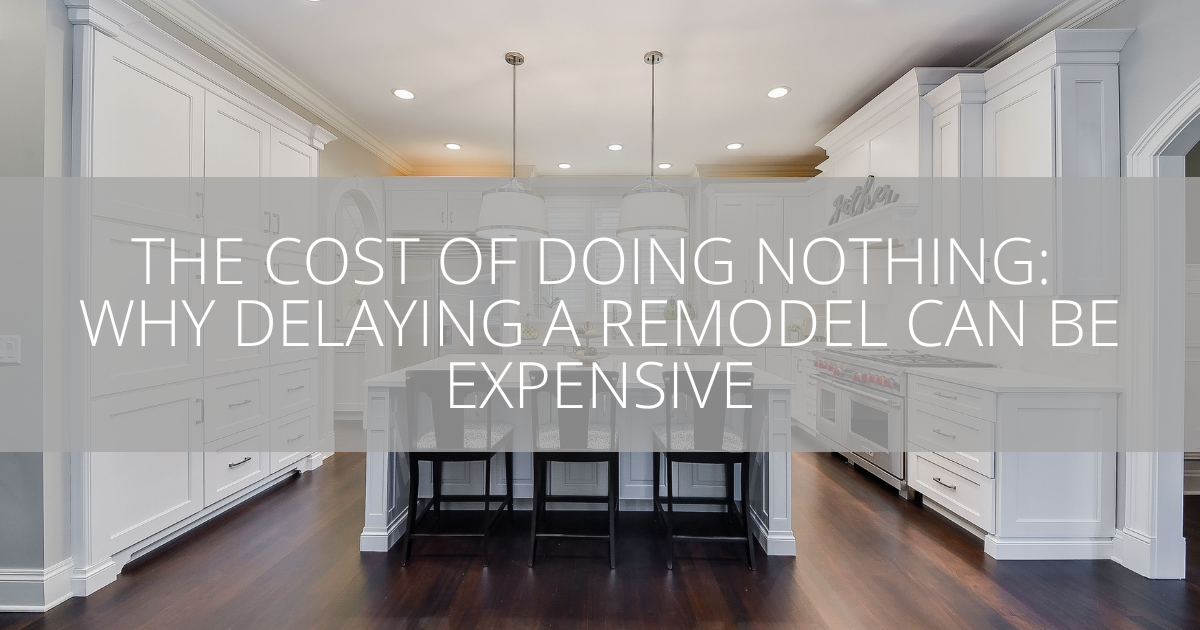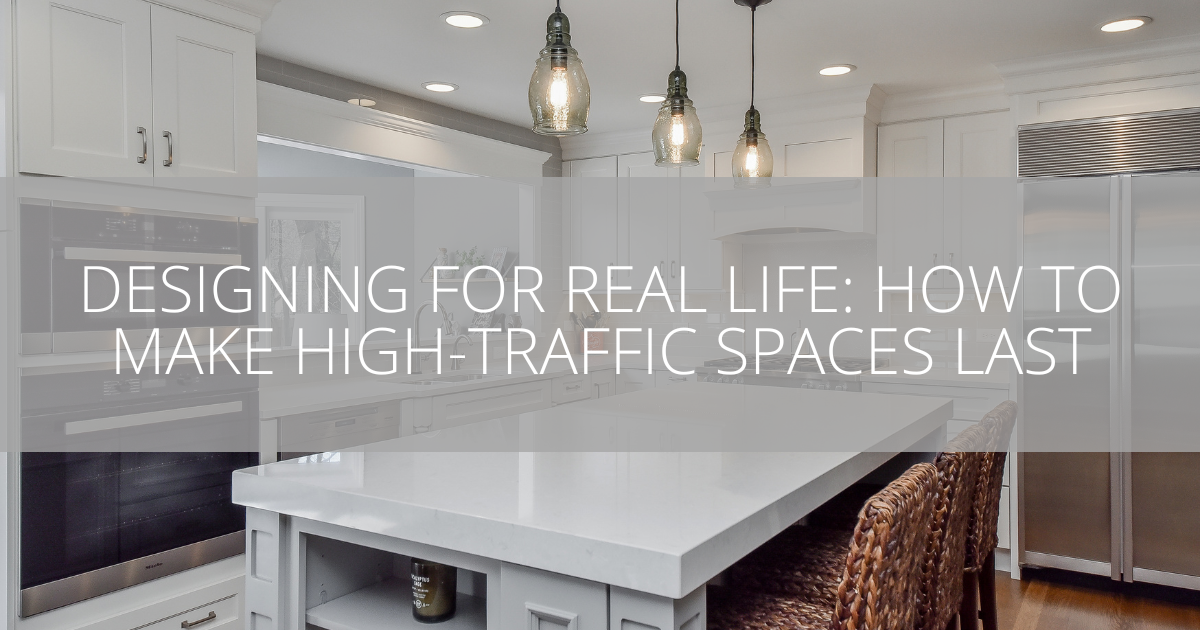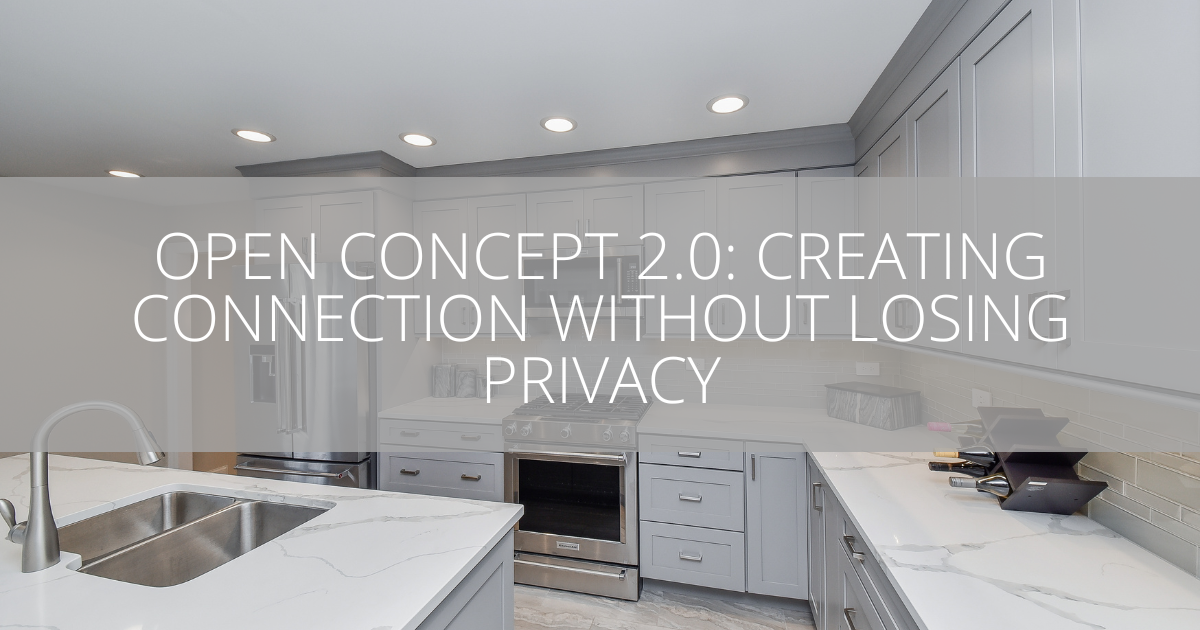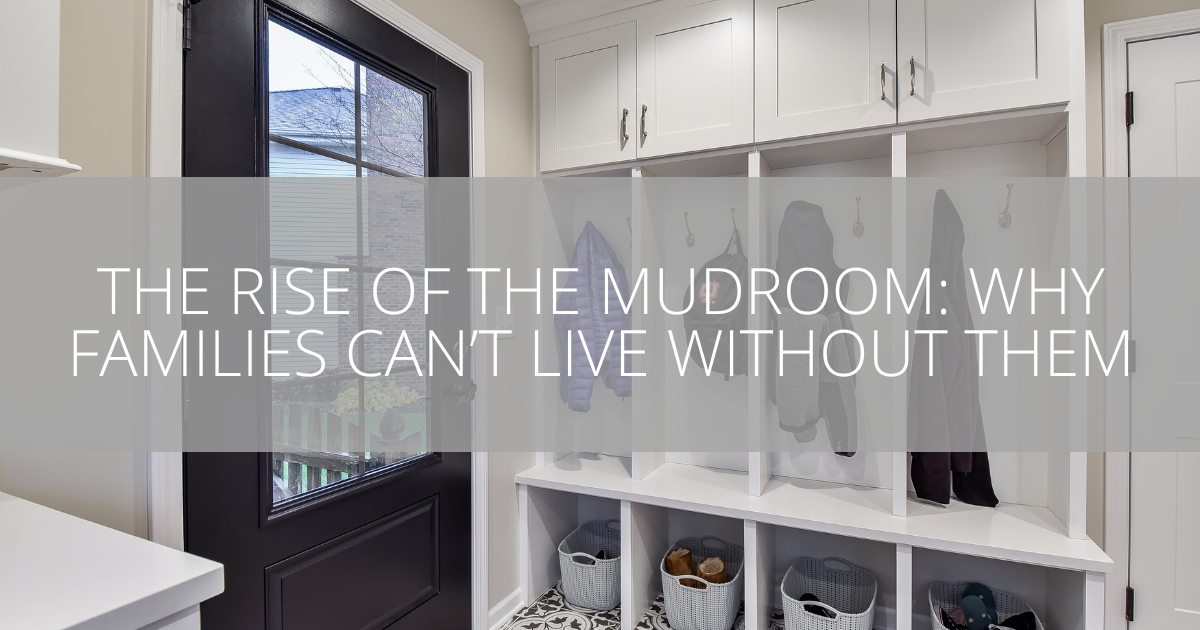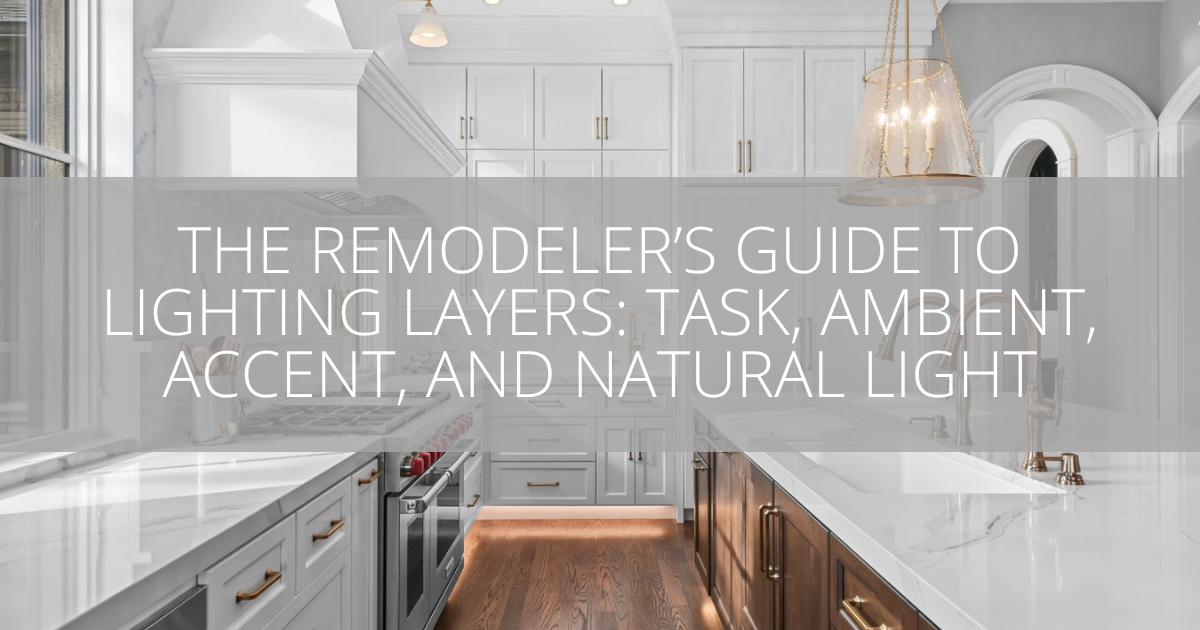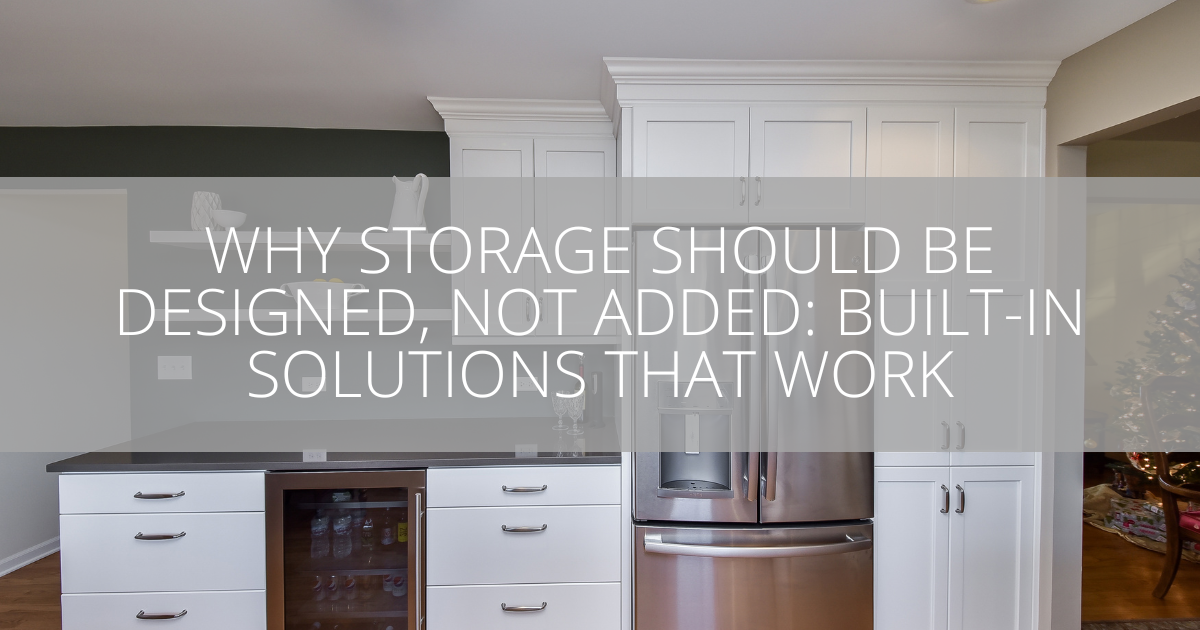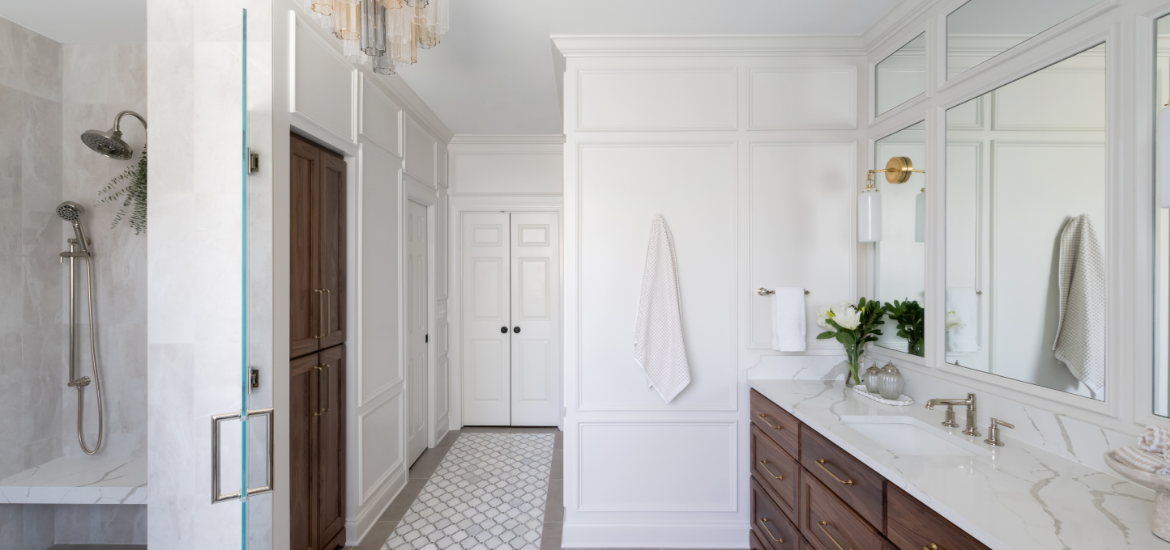
At Sebring Design Build, we’ve seen firsthand how the best remodels aren’t just about the “now.” They’re about creating spaces that work beautifully today and continue to serve you well for decades. More and more homeowners are thinking beyond style trends and asking a bigger question: How can my home grow with me as life changes?
That’s where aging-in-place remodeling comes in. It’s not just about planning for retirement—it’s about designing a home that adapts gracefully to every stage of life. Whether you’re chasing toddlers, helping teenagers become independent, welcoming aging parents, or simply wanting to avoid future moves, thoughtful design can make it all easier, safer, and more comfortable.
We believe you shouldn’t have to choose between practicality and style. That’s why we focus on durable, low-maintenance finishes that can handle years of wear, barrier-free layouts that make moving through your home effortless, and flexible spaces that can shift purpose as your needs evolve. Add in safety features that blend seamlessly into your décor, and you have a home that supports you without feeling clinical or temporary.
In this guide, we’ll share our top design tips for creating a home that grows with your family. From materials that withstand real life to layouts that can flex over time, we’ll help you make choices that keep your home functional, beautiful, and ready for whatever comes next. Because at Sebring Design Build, we’re not just building for today—we’re building for your future.
1. Durable, Low-Maintenance Finishes
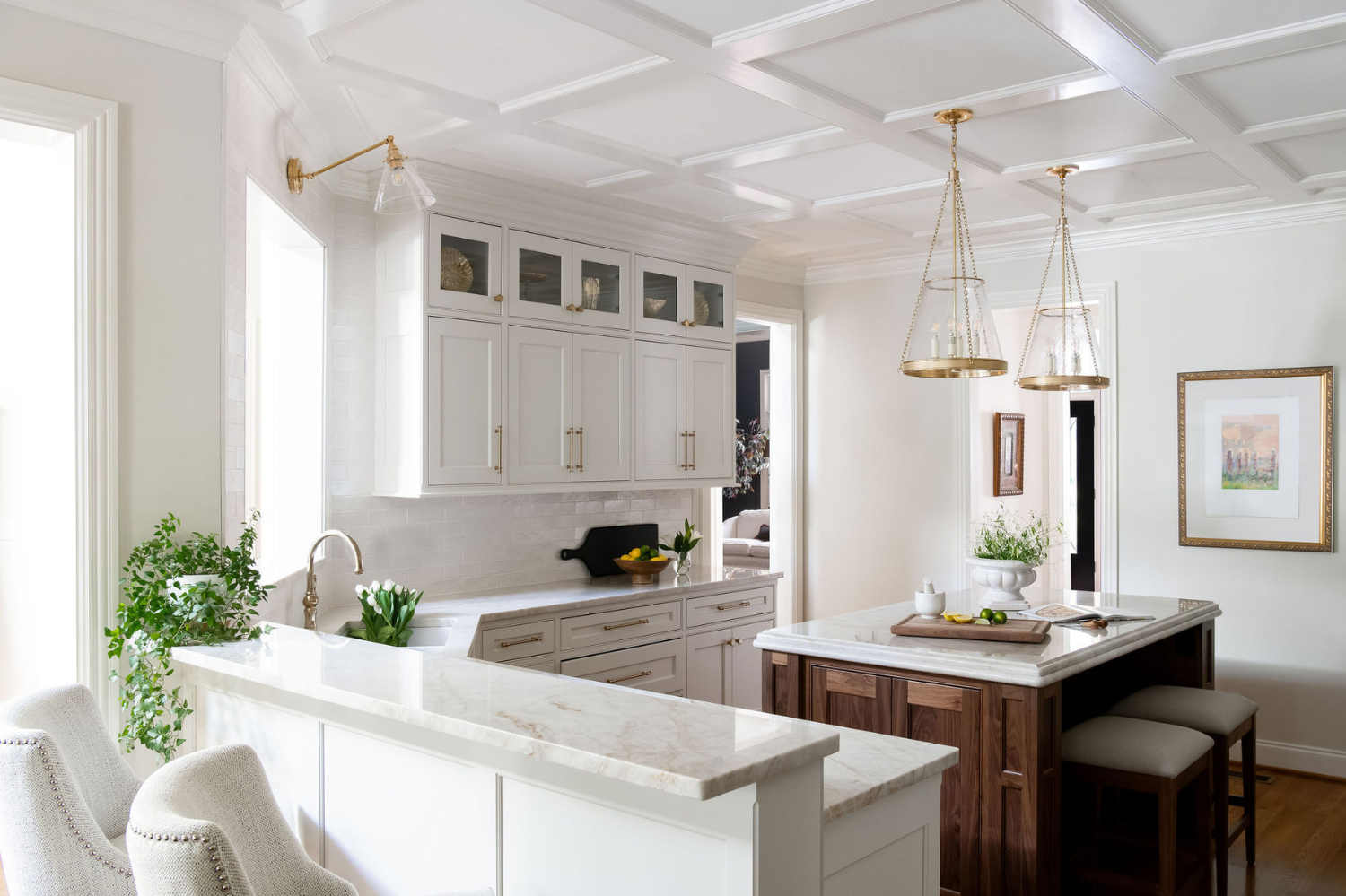
High-traffic, real-life homes need finish materials that stand up: kids dropping toys, pets sprinting indoors, grandparents dropping their cane. Durable, easy-to-clean finishes save headaches—and money—down the road.
For flooring, luxury vinyl plank and porcelain tile offer water resistance, scratch resistance, and low maintenance. These are ideal for kitchens, bathrooms, and entries where moisture and messes hit first. In living rooms or bedrooms, hardwood with a tough finish such as aluminum oxide or high-grade engineered wood works well. Area rugs can add softness underfoot and help buffer noise.
Quartz countertops are virtually maintenance-free—no sealing, stain-resistant, and dishwasher-safe. In high-use zones, solid surface materials like Corian allow seamless installation and can be repaired easily with a light buff.
Cabinetry with full-overlay doors and soft-close hinges reduces slams and wear. Pull handles or D-bar pulls are easier for arthritic hands or kids to grasp than knobs. Finishes like laminate or thermofoil resist chips, dents, and fingerprints.
Washable paints in satin or eggshell sheens make wiping away fingerprints and scuffs easy. In high-touch areas, two-tone treatments—such as durable lower paneling or wainscoting paired with paint above—hide wear while remaining stylish.
In bathrooms, large-format porcelain slabs or waterproof wall panels minimize grout lines and make cleaning easier. Textured floor tiles improve slip resistance, while wall-mounted sinks reduce nooks where dirt collects.
Durable finishes handle daily life without showing their age, save on maintenance and replacement, and keep your home looking fresh even after years of heavy use.
2. Barrier-Free Access & Universal Design
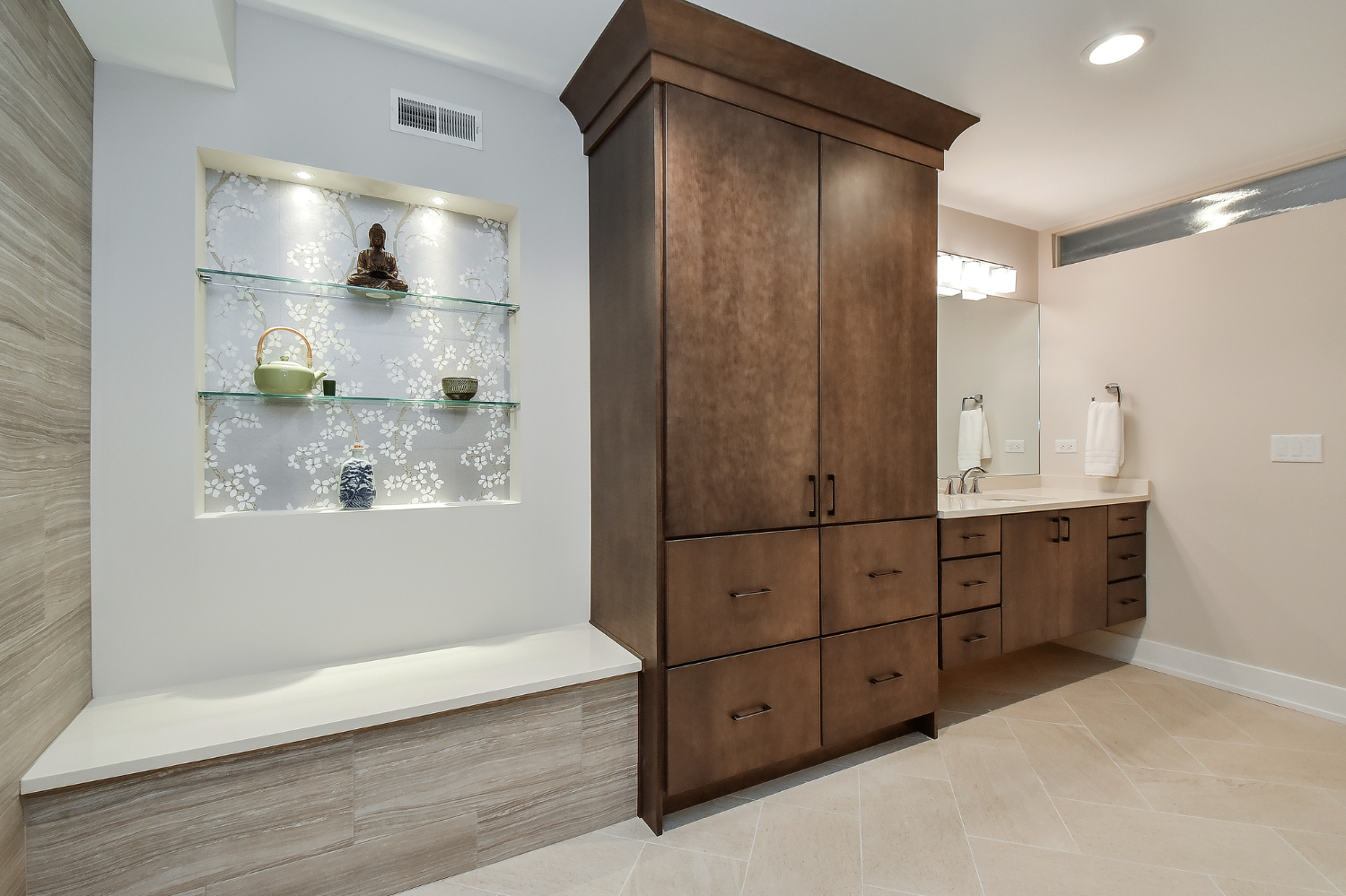
Barrier-free design isn’t just for wheelchairs—it helps everyone move through life as their abilities change. Universal design adds value and dignity across generations.
Zero-step entries replace curbs with gentle ramps or level thresholds at main entries or at-grade patios. Using the same flooring inside and out blurs boundaries and makes it easier for carts, strollers, and walkers to move smoothly.
Wider doorways, ideally 36 inches but at least 32 inches clear, accommodate walkers and strollers. Hallways at least 42 to 48 inches wide give enough elbow room for two people to walk side by side or for someone to carry laundry while another passes.
Lever-style door handles beat knobs for accessibility, and touchless faucets or smart lighting controlled by motion sensors or voice commands work especially well in entryways, bathrooms, and night hallways.
Bathrooms should be designed for the future with roll-in or curbless showers, comfort-height toilets, and reinforced walls to allow grab-bar installation without a major remodel later.
Lighting along stairs, whether LED strips or wall-mounted fixtures, improves safety. Non-slip stair treads or contrasting materials on the step edges improve visibility.
If possible, design for single-level living with a ground-floor bedroom and full bath. This space can serve as a guest room today and as an accessible suite later.
3. Flexible Layouts for Longevity
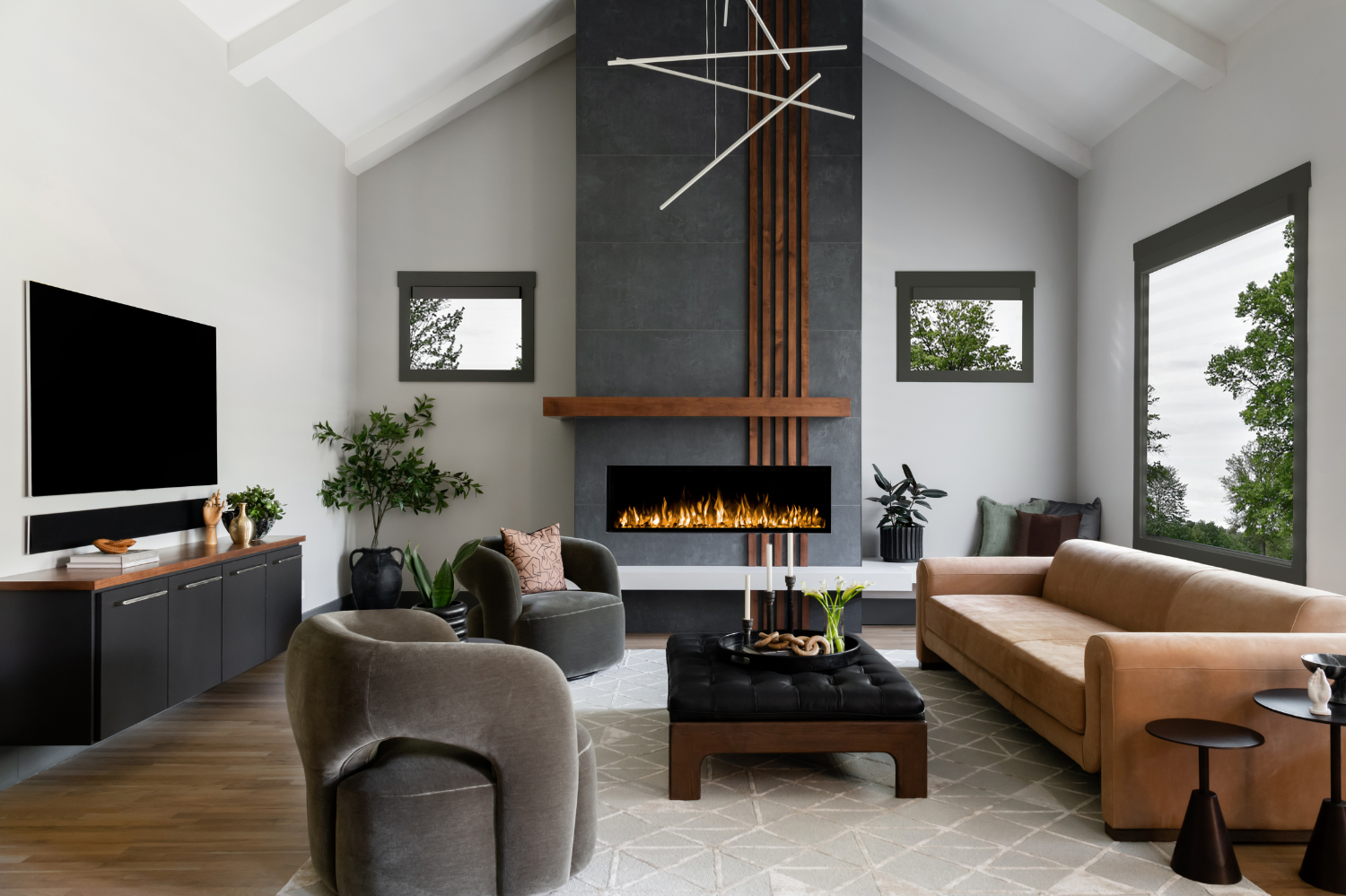
Spaces should adapt to the family’s changing needs instead of locking into today’s setup.
Multi-use rooms are invaluable. A guest room adjacent to the home office can easily serve as a study, playroom, or elder suite. Furniture such as murphy beds or sleeper sofas allows a quick shift in purpose.
Open-plan living offers connection and spaciousness, but defining zones with rugs, lighting clusters, sliding doors, or built-in shelving helps maintain both togetherness and privacy.
Future-ready infrastructure is key. Extra electrical outlets and data ports in living rooms, bedrooms, and home offices anticipate future technology needs. Leaving spare capacity in HVAC, plumbing, and electrical systems makes future additions—like an extra bathroom—more feasible.
Built-in storage and bench seating adapt well over time. A storage bench in the entry might hold kids’ shoes now, then serve as a walker-friendly seating spot later.
Outdoor connections matter, too. A covered patio off the kitchen or living area serves as a play space, dining area, or lounging zone. Keeping thresholds flush ensures easy transitions for rolling toys, bikes, or mobility devices.
4. Safety and Convenience Details
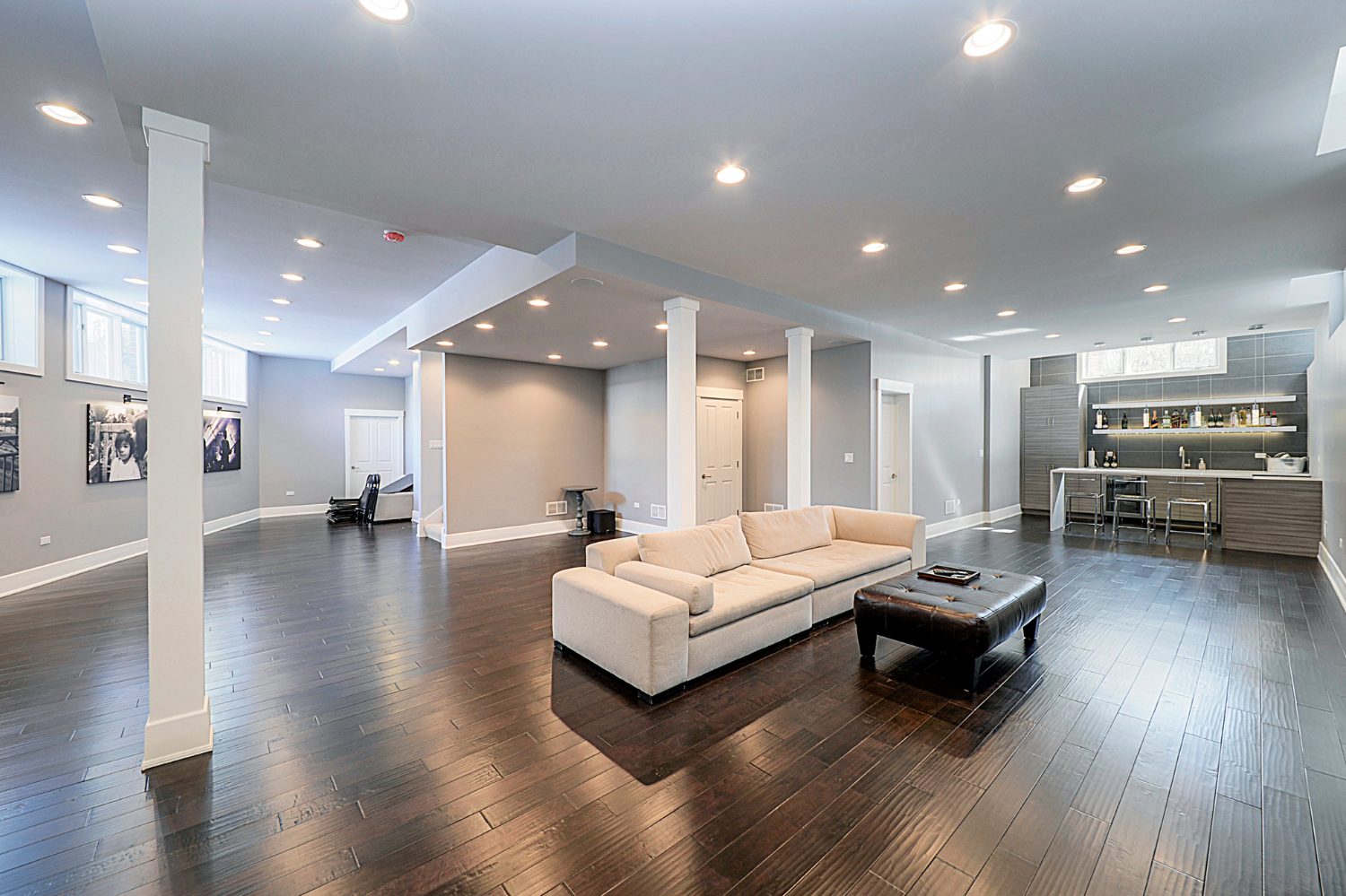
Small details can make daily life safer and easier.
Nighttime navigation is a common challenge. Soft LED strip lighting along baseboards or motion-activated lights in bathrooms, hallways, and kitchens prevent stumbles. Smart lighting systems that can be controlled by app or voice make adjusting light levels simple.
Rounded corners and impact-resistant edges on countertops and furniture reduce the severity of accidental bumps—especially helpful for toddlers, seniors, and anyone carrying items through a tight space.
Non-slip surfaces such as rugs with non-skid backing or textured tiles in showers and entryways improve stability. Grab bars that match the room’s style can be integrated from the start or added later if the walls are reinforced.
Adjustable features increase usability. Pull-down shelves in upper cabinets or motorized lift systems make storage accessible to everyone. Variable-height islands allow comfortable use whether sitting or standing.
Easy-glide fixtures such as drawers with full-extension slides and soft-close hardware make access effortless. Pocket or barn doors save space and move easily, even when maneuvering with mobility aids.
5. Aesthetic Cohesion & Long-Term Appeal
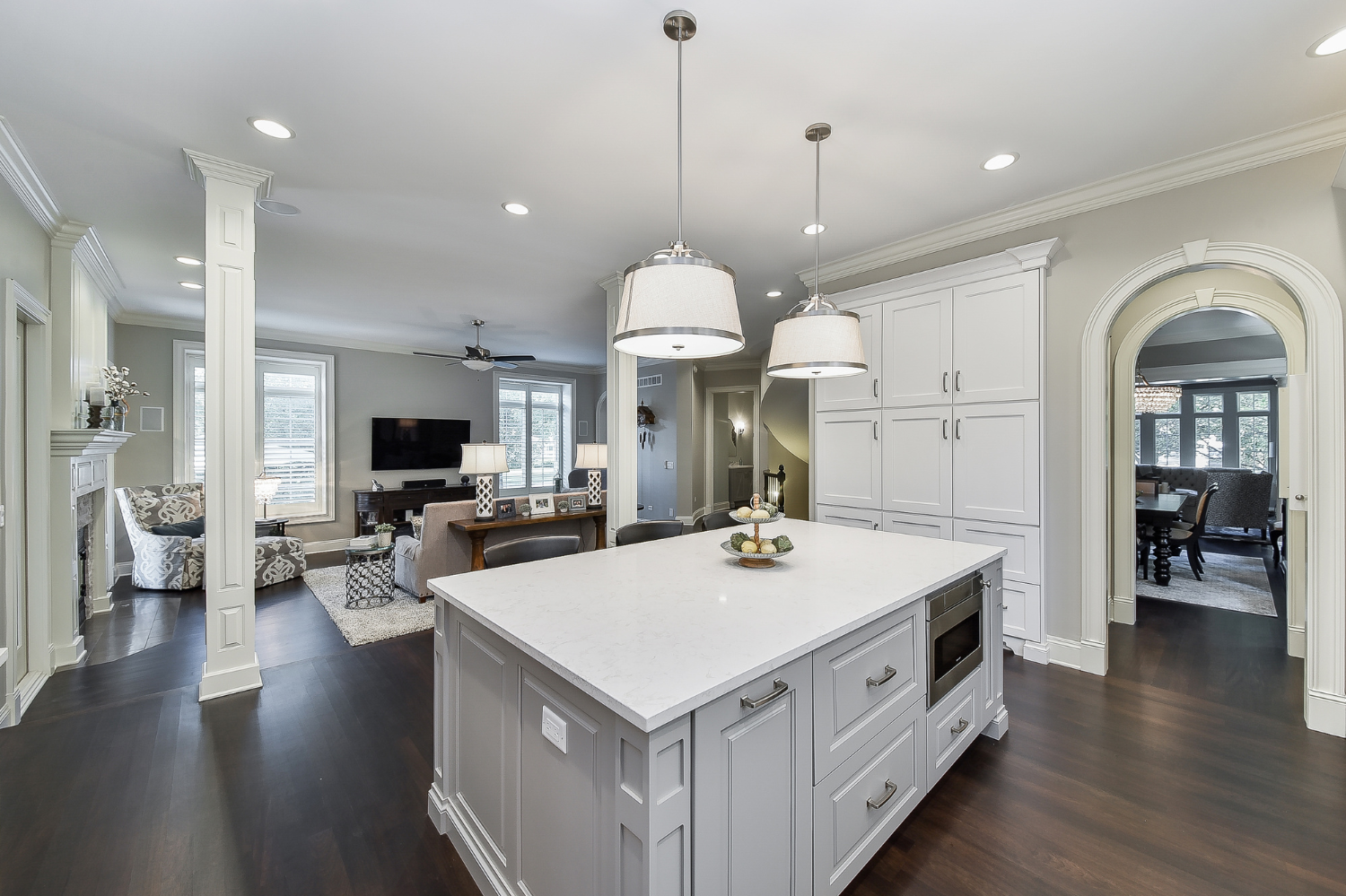
Aging-in-place design works best when it feels intentional and stylish rather than clinical.
Grab bars and hardware should match. Brushed bronze or matte black finishes can tie into faucets and lighting. Tile designs and wall treatments can be chosen to integrate functional elements seamlessly.
A neutral, timeless palette provides a backdrop for changing tastes. Stone, wood, and warm grays create longevity, while textures like woven rugs, wood grain, and matte paint add depth and warmth.
Layered lighting ensures visibility and mood flexibility. In kitchens and living rooms, combining ambient, task, and accent lighting creates versatility for both work and relaxation.
Quality materials pay off in the long run. Solid cabinetry, real stone, high-grade quartz, and solid-core doors maintain their appearance and function for decades.
Consistency in design—repeating pulls, lighting finishes, and tile styles—helps a home look cohesive even as spaces shift use over time.
Conclusion
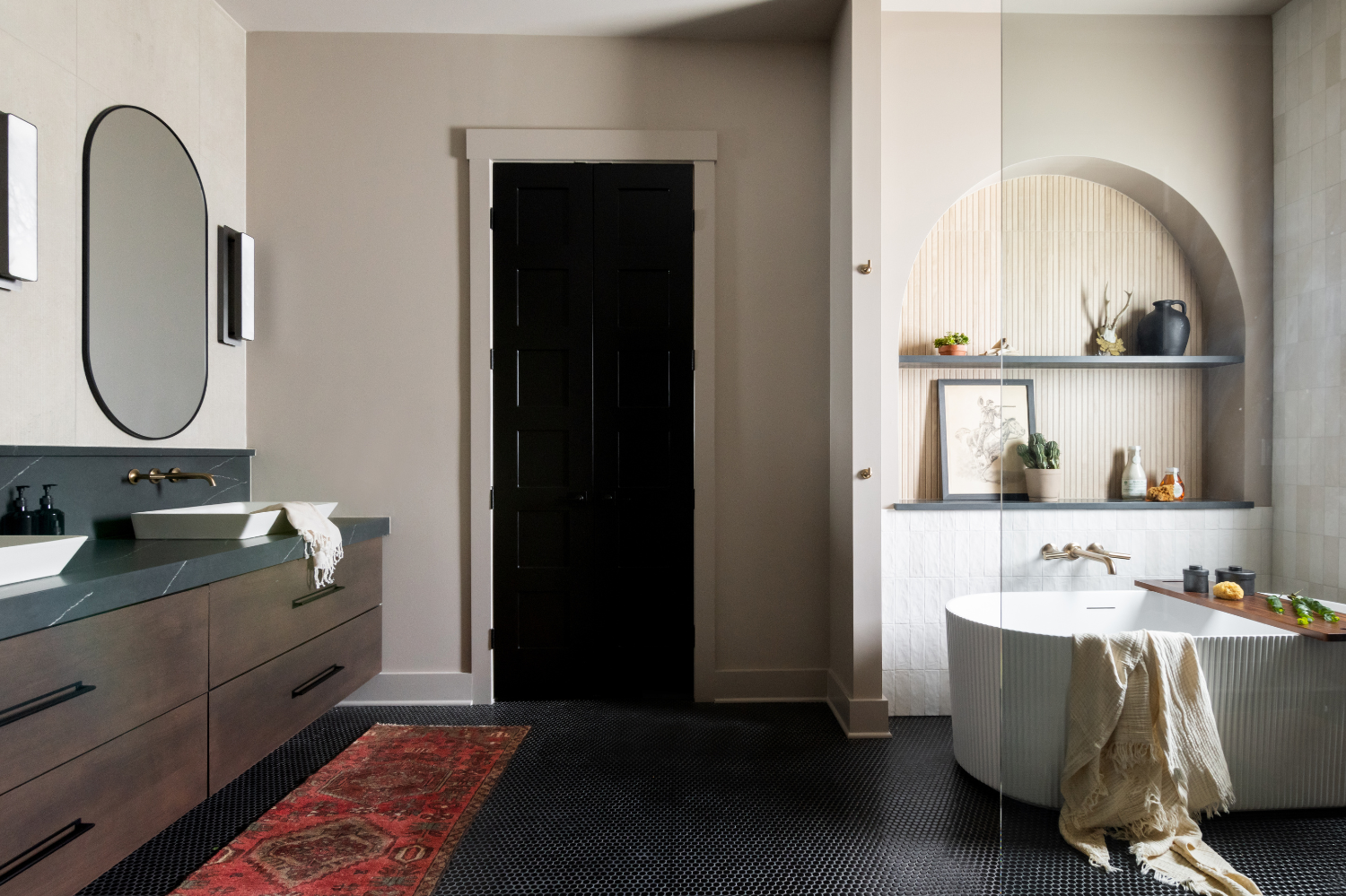
Aging in place is about more than accessibility—it’s about living well in a home that’s tailored to your needs, your style, and your future. By choosing durable finishes, creating barrier-free access, planning flexible layouts, and adding safety features that blend seamlessly into your design, you’re not just preparing for the years ahead—you’re enhancing your daily life right now.
At Sebring Design Build, we’ve helped countless homeowners transform their spaces into places where they can thrive through every stage of life. We know how to integrate practical solutions without sacrificing beauty, because we believe your home should be a reflection of your taste as much as your lifestyle. Whether it’s reimagining your kitchen for multi-generational use, adding a ground-floor suite for convenience, or upgrading finishes to handle decades of wear, we design with purpose and precision.
The earlier you start planning for longevity, the more options you’ll have—and the more cost-effective your remodel will be. Even small changes today can save you from costly renovations or stressful moves later on.
If you’re ready to explore how your home can evolve with you, our team is here to guide you every step of the way. We’ll listen to your needs, bring fresh ideas, and deliver a remodel that’s as functional as it is beautiful.
Contact Sebring Design Build today, and let’s start creating a home that supports your family now and for years to come. Because your best years deserve your best home.

